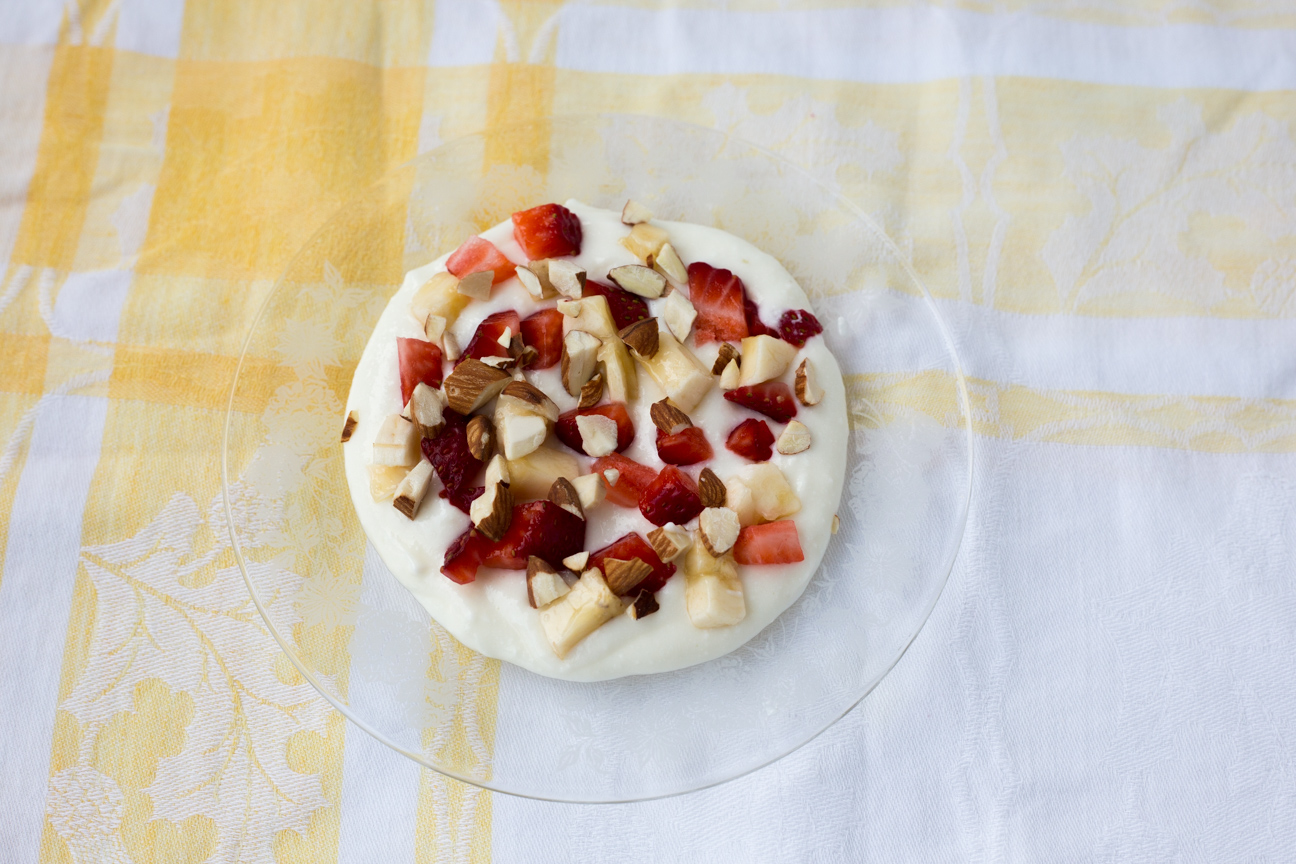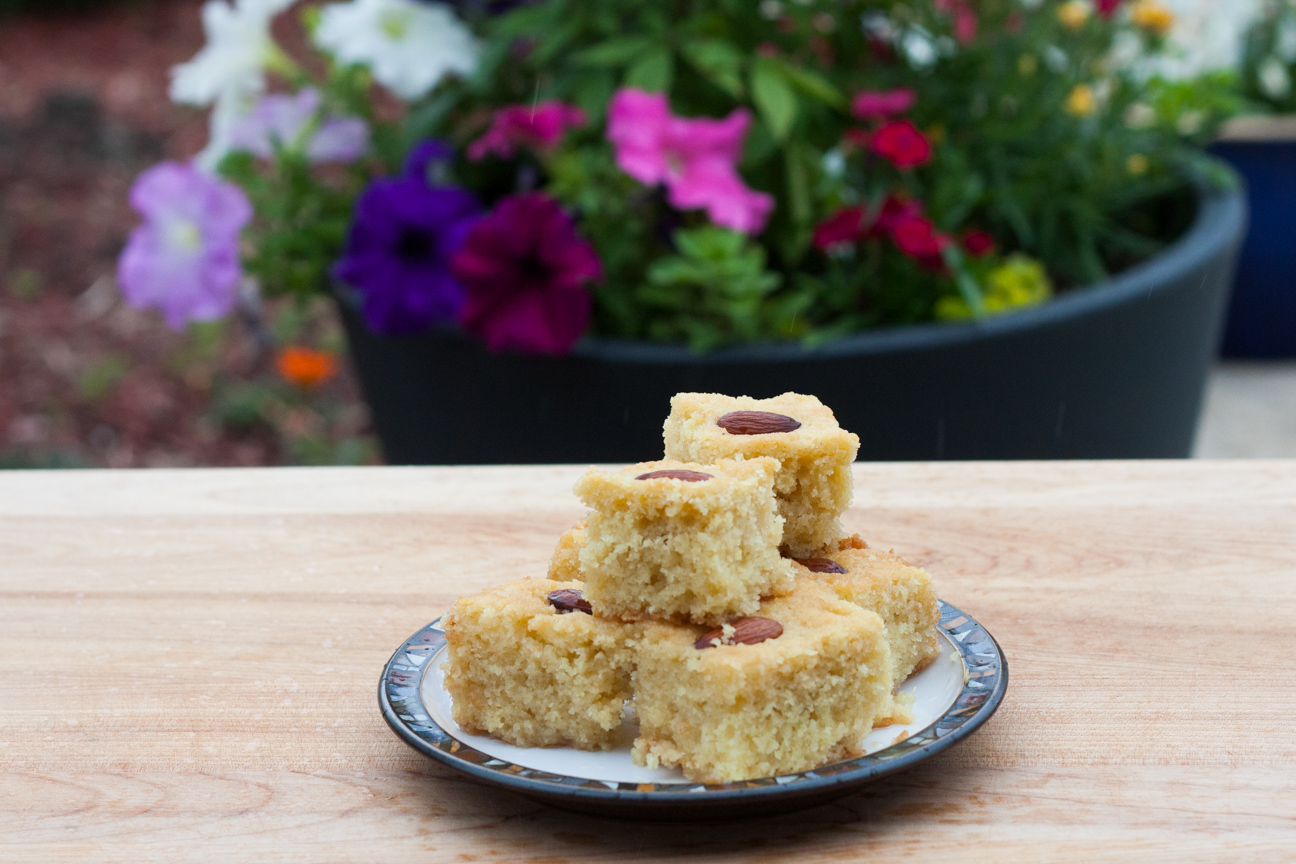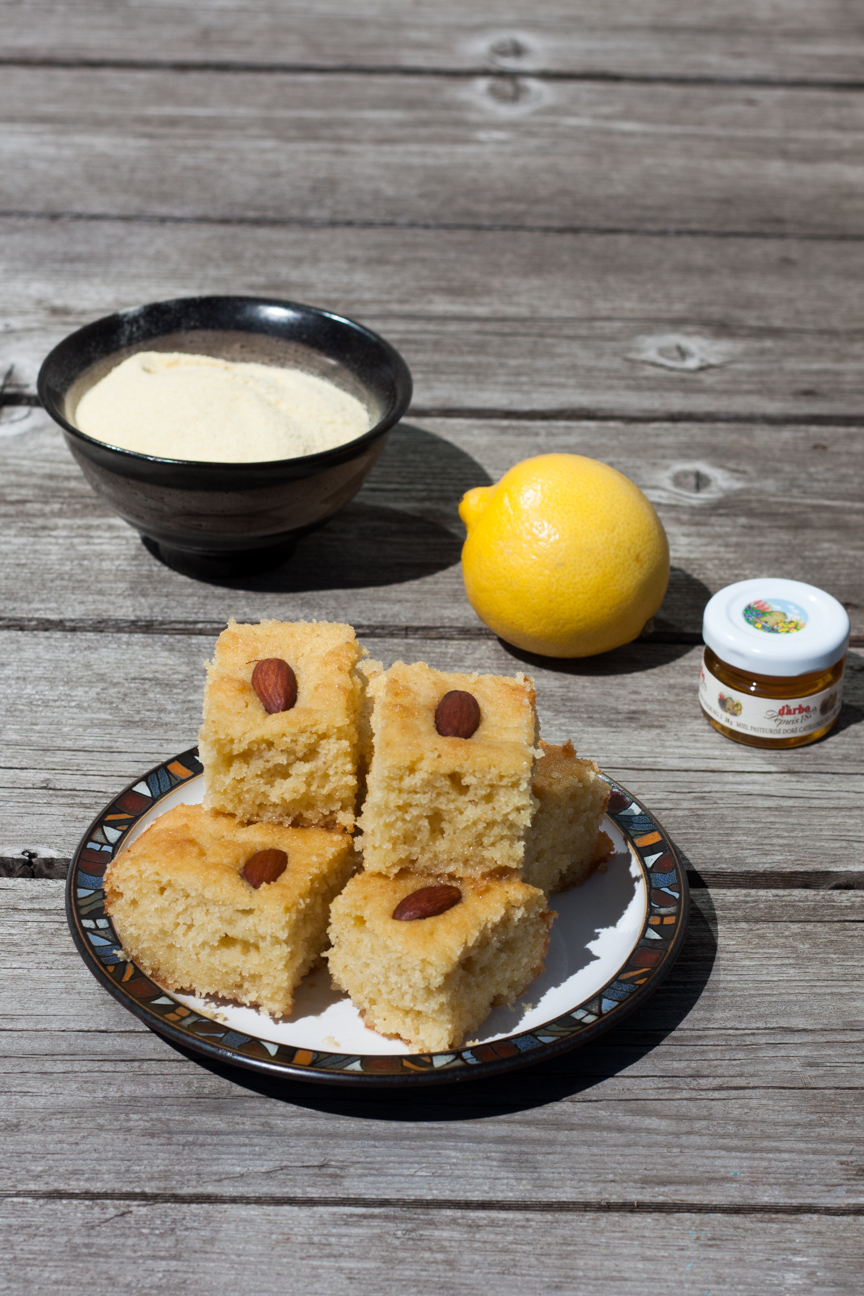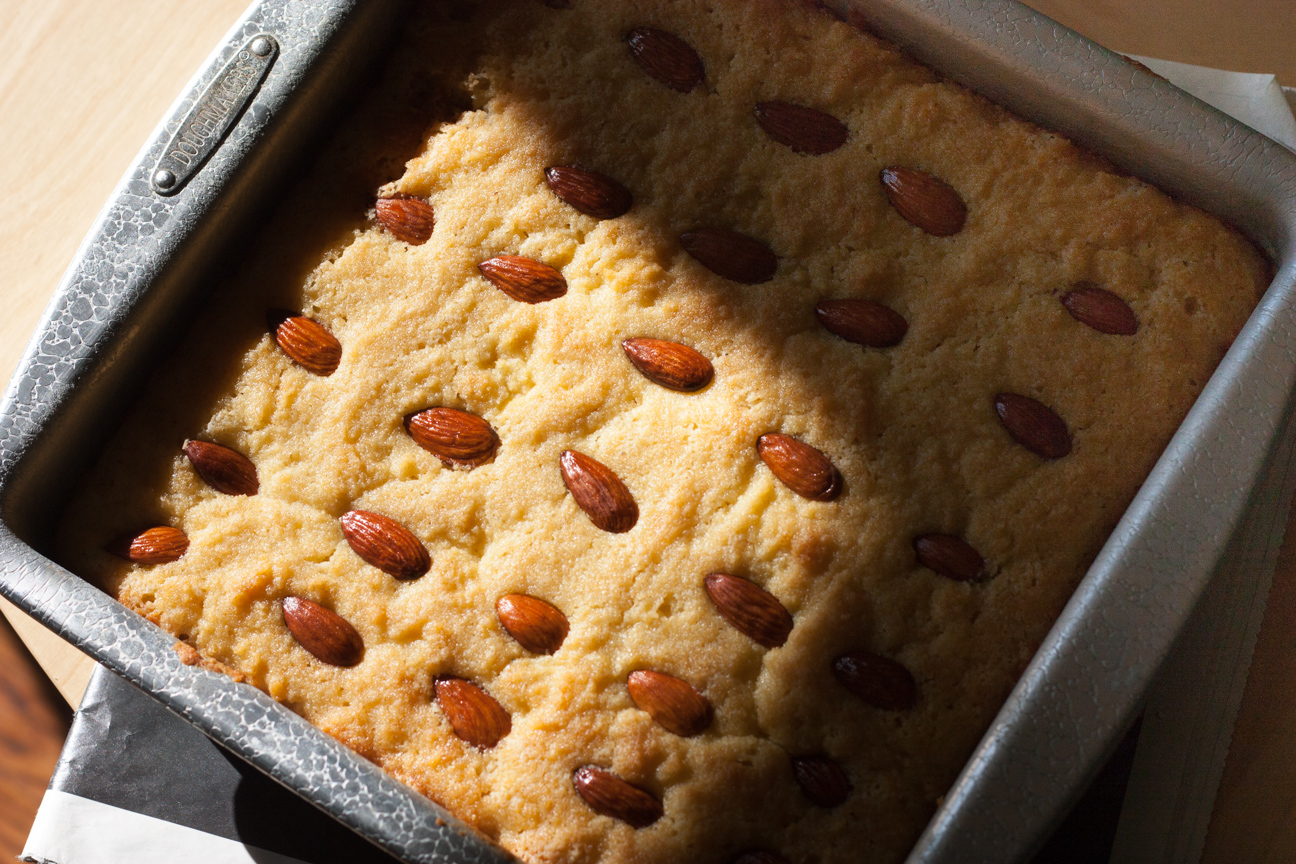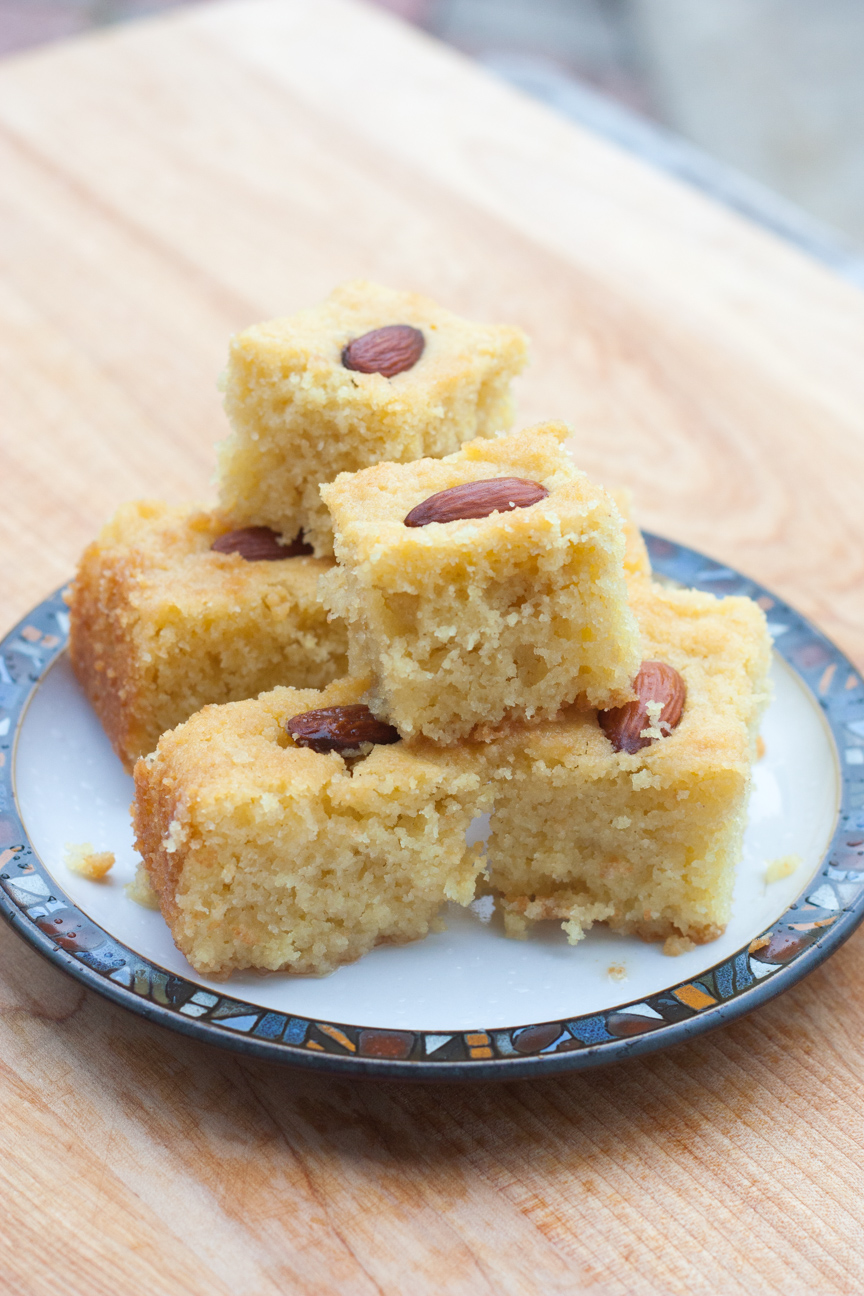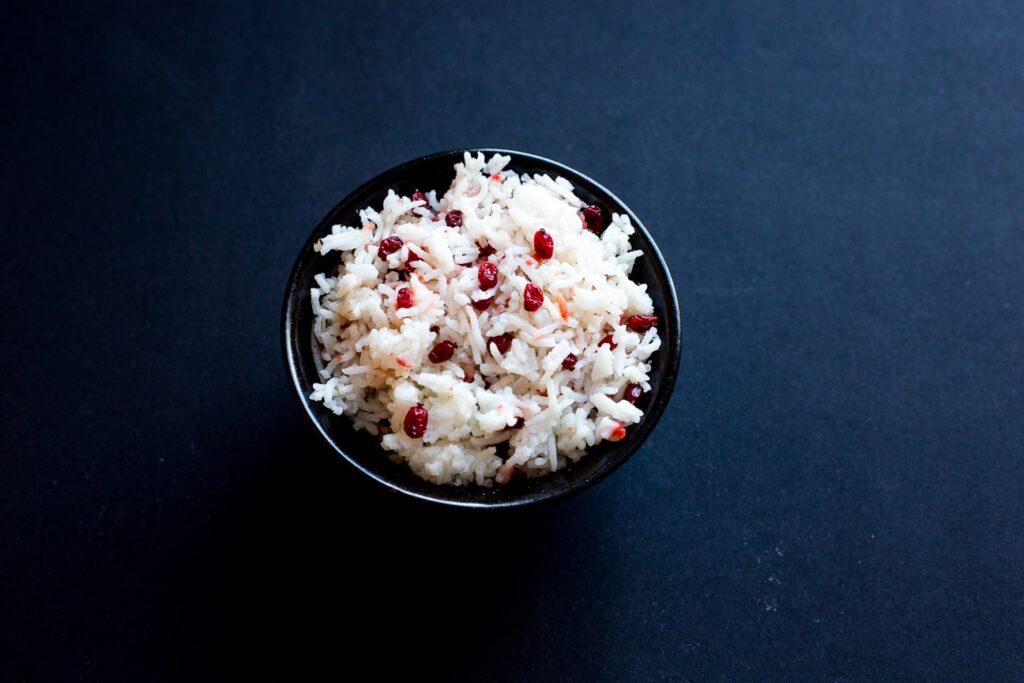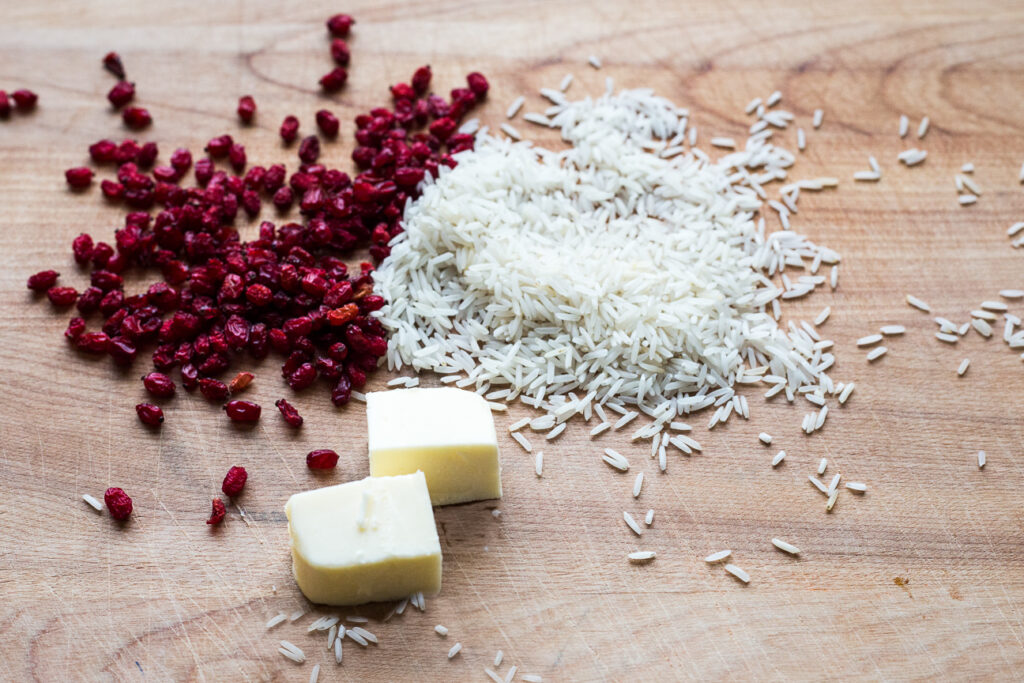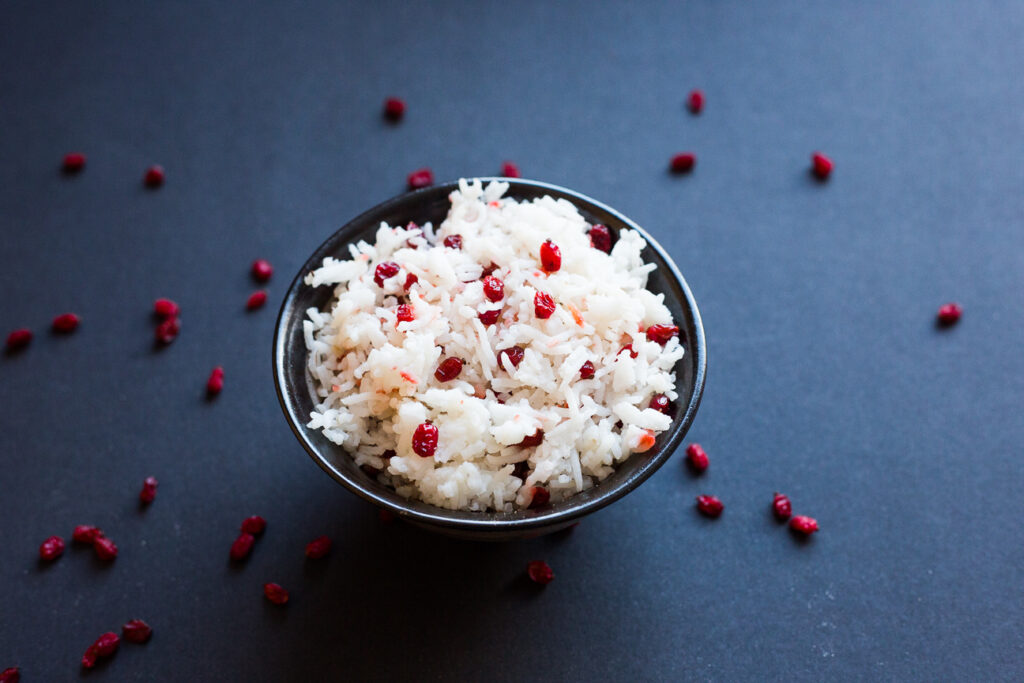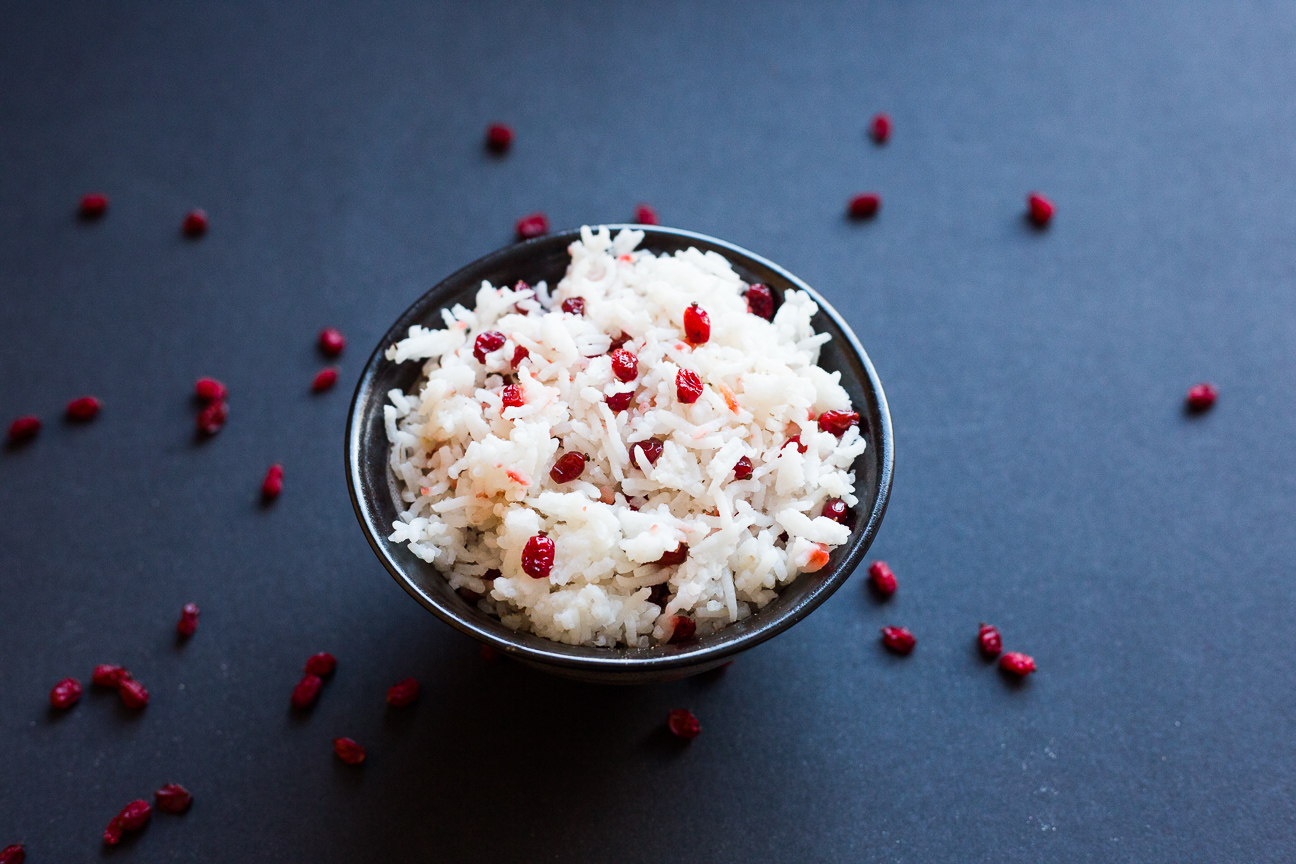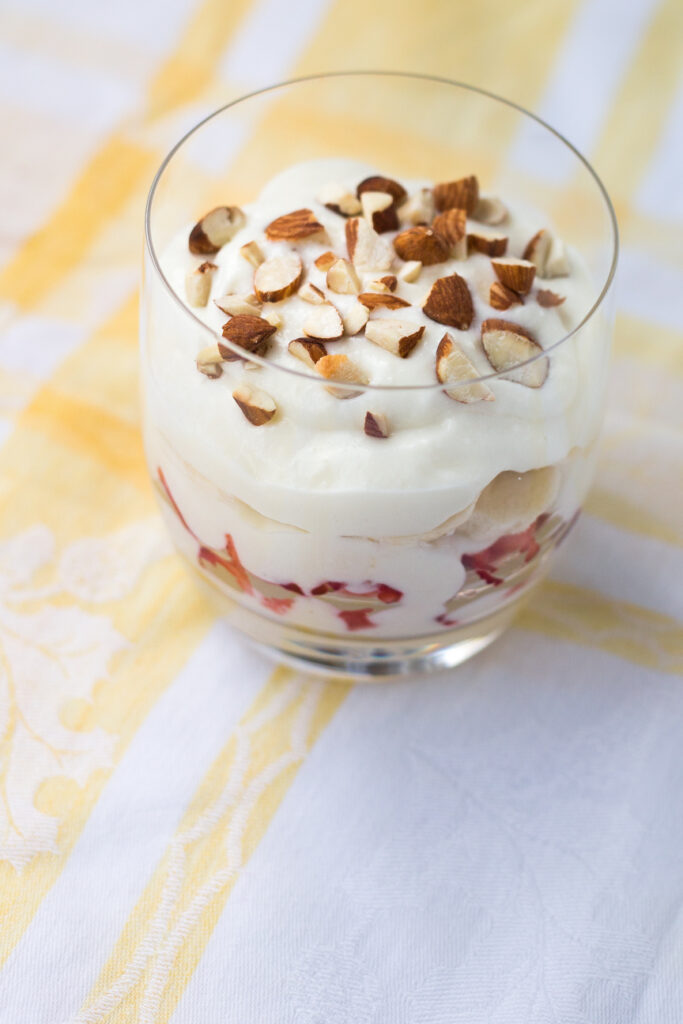
Ashta is a popular middle eastern dessert that is made from homemade ricotta cheese and a thickened milk custard. You can add sweetener, and flavouring including vanilla or orange blossom water or rose water. Ashta is slang for kashta, which means clotted cream. Ashta is used for many fillings of middle eastern desserts. It is the most sublime exotic dessert that you can make at home in a snap. This recipe for Creamy Ashta with Strawberry and Bananas is delicious for breakfast, a midday snack or a dessert. Or all three. Your choice.
I love to learn about traditional dishes from all over the globe. But, I have to say that I particularly enjoy learning new sweet dishes. Because nothing finishes off a good meal better than a lovely eye-appealing dessert.
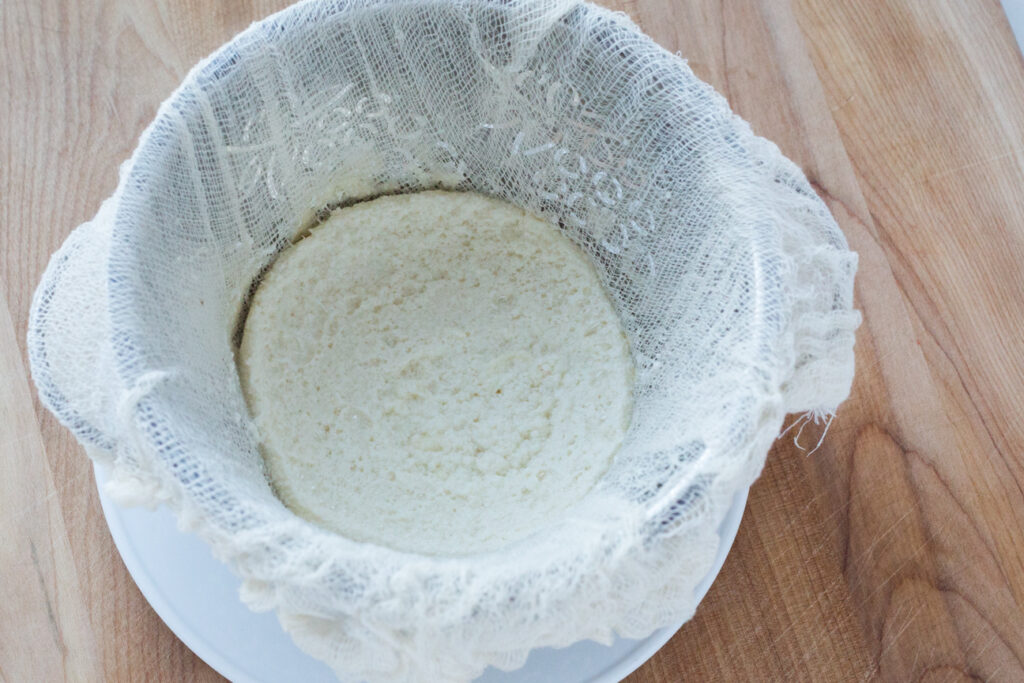
This is what the ashta looks like while the curds are draining in the cheese-cloth lined colander.
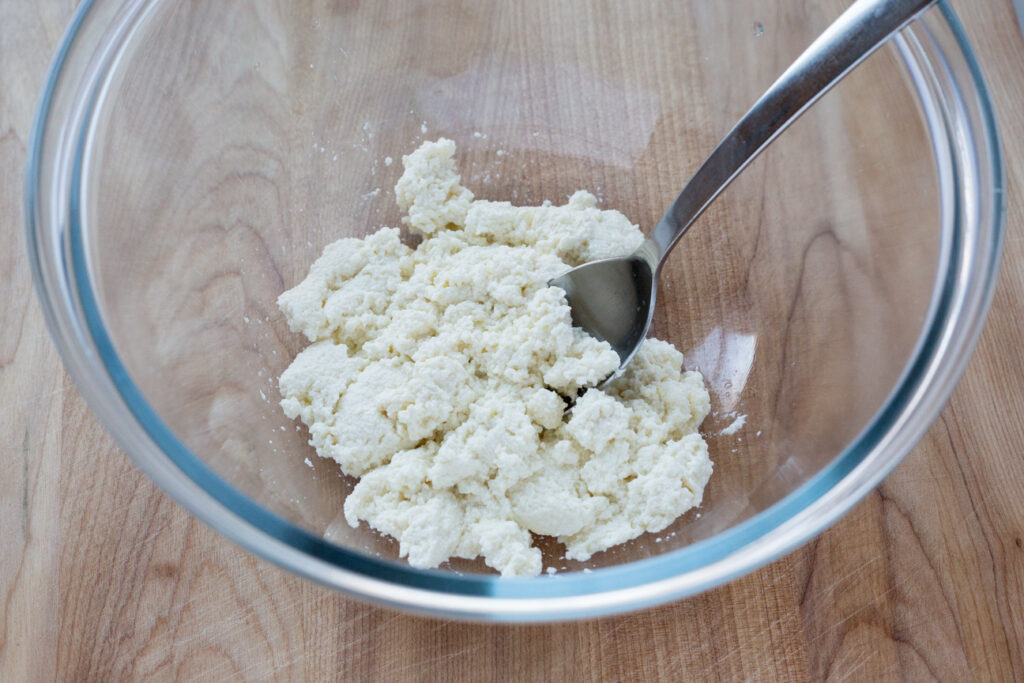
The curds will be small and have a milky aroma.
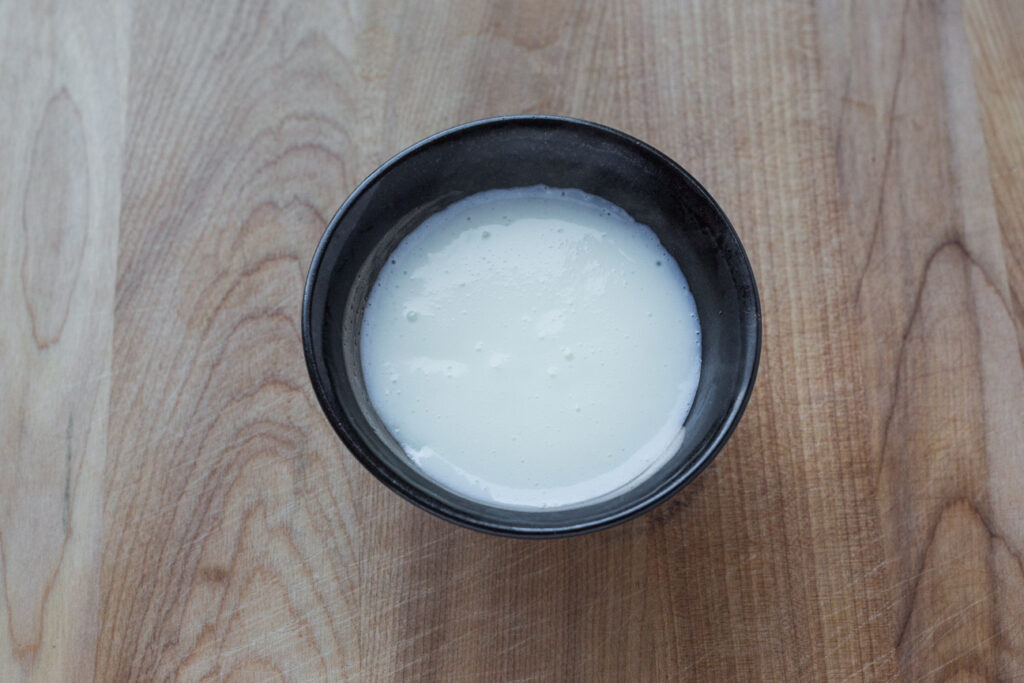
Next, make a custard that will get mixed in with the curds.
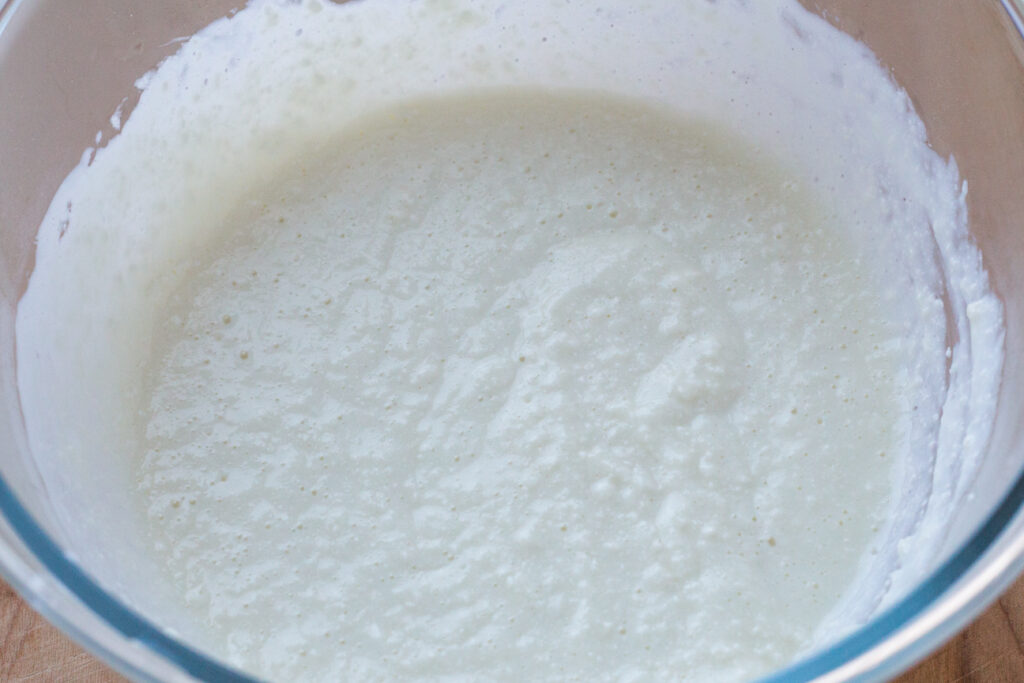
MIx together the curds and the custard. It will still be a bit lumpy. While some people like their ashta a bit lumpy, other people only like it very smooth. You can put this mixture into a blender or food processor and blend it until it becomes smooth.
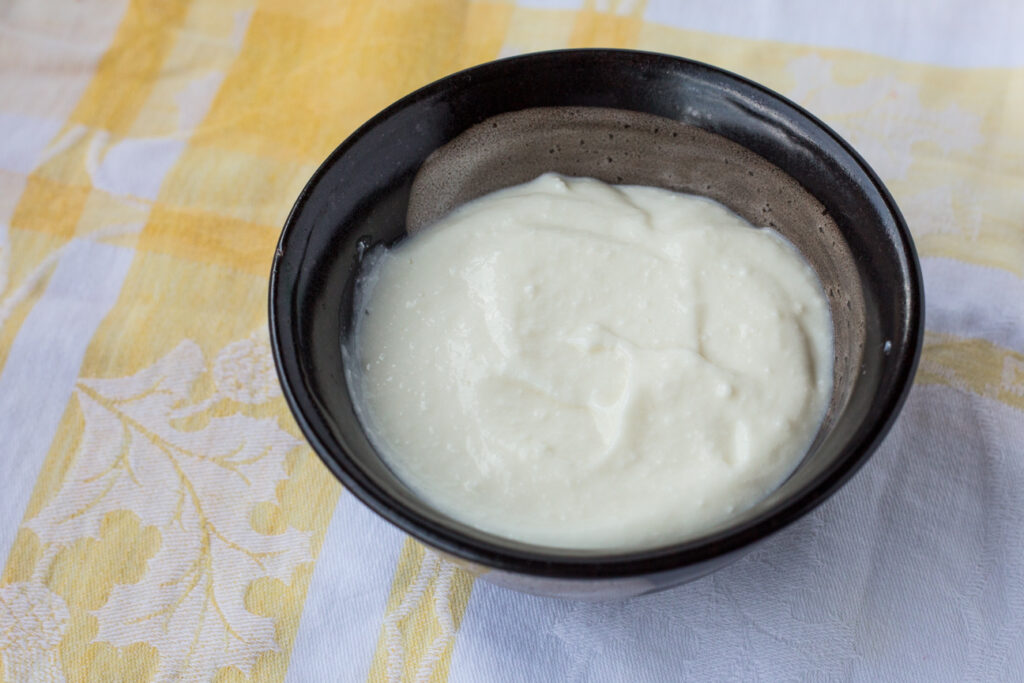
This is my ashta after I pureed it. It still has some lumps in it, but I prefer it that way.
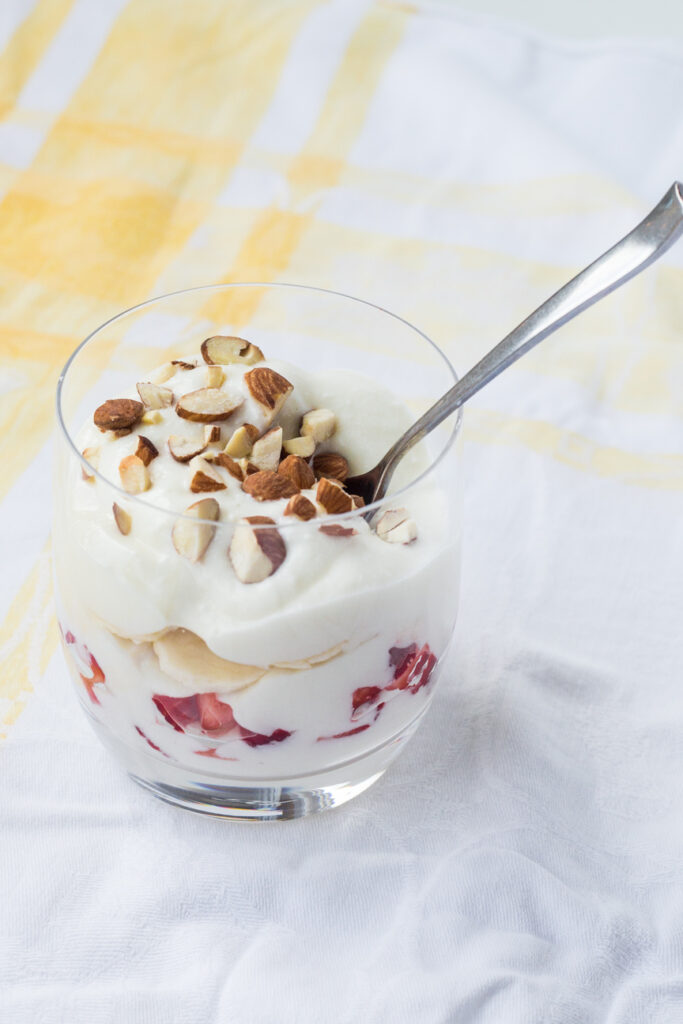
Serve your Creamy Ashta with fruit. It is traditional to serve with nuts on top.
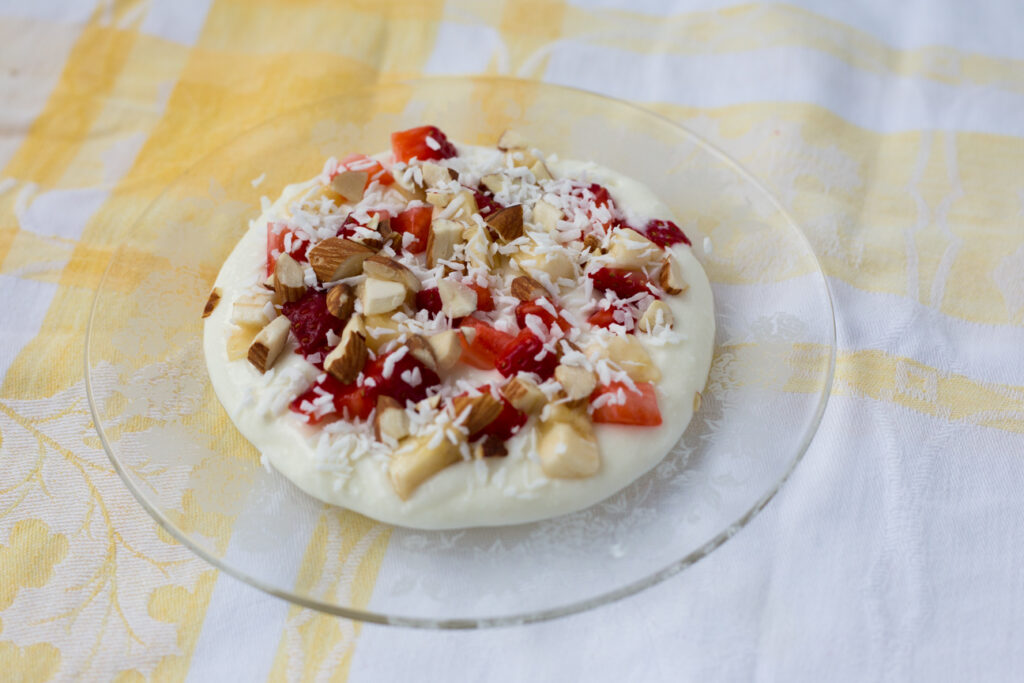
My friend, Eiman, who taught me how to make this lovely dish, serves her Ashta flat on a plate with fruit and nuts sprinkled on top. It looks very pretty this way.
Ashta makes a lovely summer dessert. Although this would also work well for breakfast.
Delicious Vanilla Ashta with Strawberries and Bananas
Ingredients
- Homemade Ricotta Cheese
- 3 litres of whole milk
- 2 Tbsp sugar (optional)
- 1 cup white vinegar
- Thickened Milk
- 2 Tbsp cornstarch
- 2 Tbsp sugar (optional)
- 2 cups whole milk
- 2 tsp Vanilla (or other flavouring, or none...it's still delicious)
Instructions
Bring the 3 litres of milk to a boil.
When the milk starts to boil, add the vinegar.
Turn the heat down to low-medium.
Stir the mixture. The milk will start to curdle. It will smell very vinegary at first.
Continue to stir until the milk is fully curdled and the liquid is more clear. It won't go completely clear.
Line a sieve with cheese cloth, or use a strainer, if it's fine enough.
Pour the liquid through the sieve. Now it should smell more creamy.
Leave this to drain while you make the thickened milk.
Put the cornstarch and sugar into a pot.
Add the milk and vanilla or other flavouring.
Stir on medium heat until the milk starts to thicken.
Once the milk is thickened, turn the heat off.
Stir the curds that are draining in the sieve into the milk/cornstarch/sugar mixture.
Use a whisk and mix really well.
There will be small bits of curd throughout the mixture, this is fine.
Some people prefer their ashta more creamy.
To make it more creamy, place the ashta in a blender, food processor or use a hand-held blender.
Blend until the mixture is more fine and creamy.
Place in a container in the fridge for a few hours, until cold.
How to Serve Ashta
You can eat Ashta plain, as is.
You can layer it like a parfait with strawberries and bananas. And top with chopped nuts. (Almonds or pistachios are very nice).
Or you can experiment with other fruits such as blueberries, kiwi, mango etc.
Or you can serve it on a nice platter, like my friend Eiman.
To do this: spread the Ashta evenly on a flat platter. Arrange chopped fruits over top.
Sprinkle with chopped nuts and/or coconut.
Serve cold.
Delicious! Enjoy!

